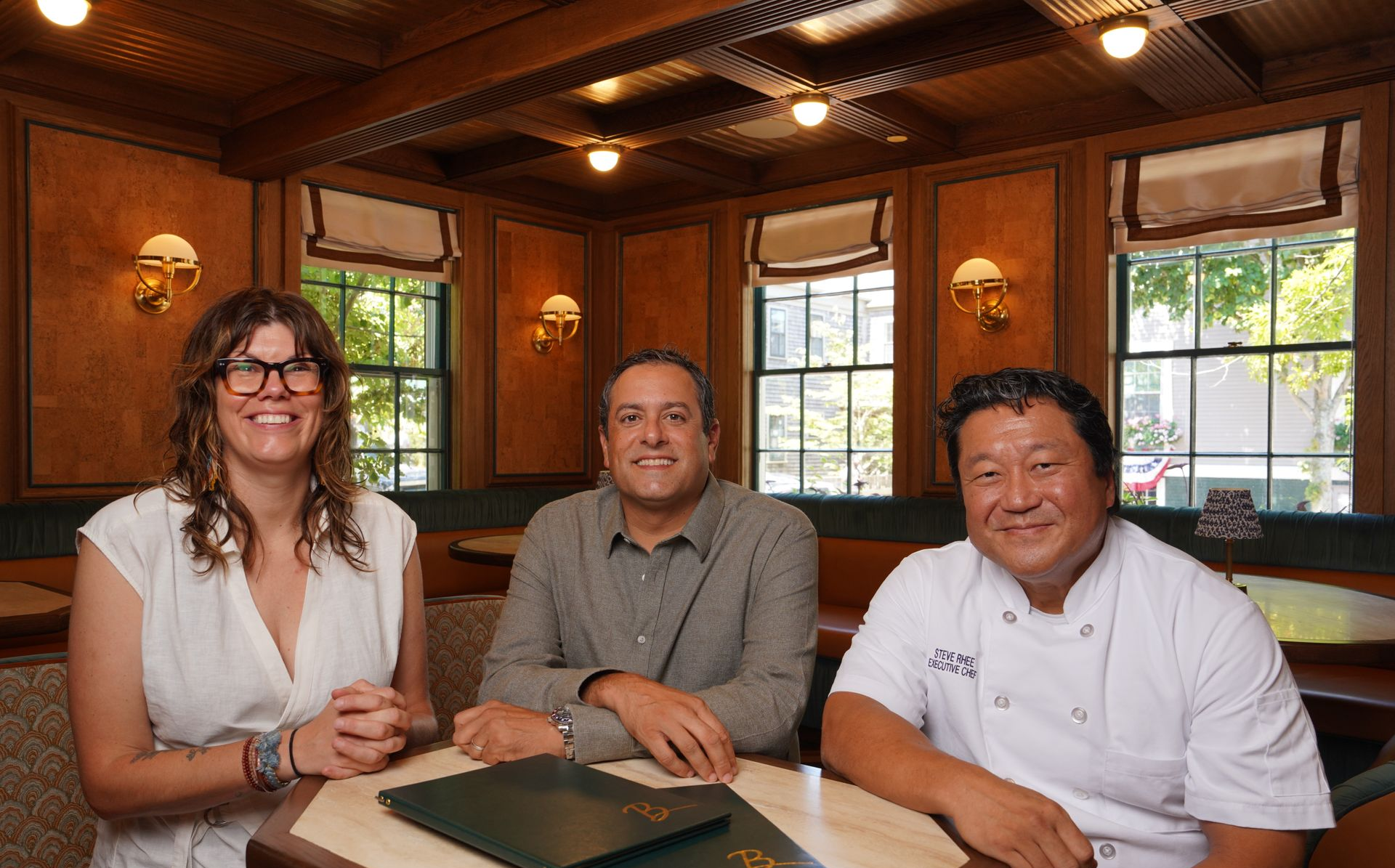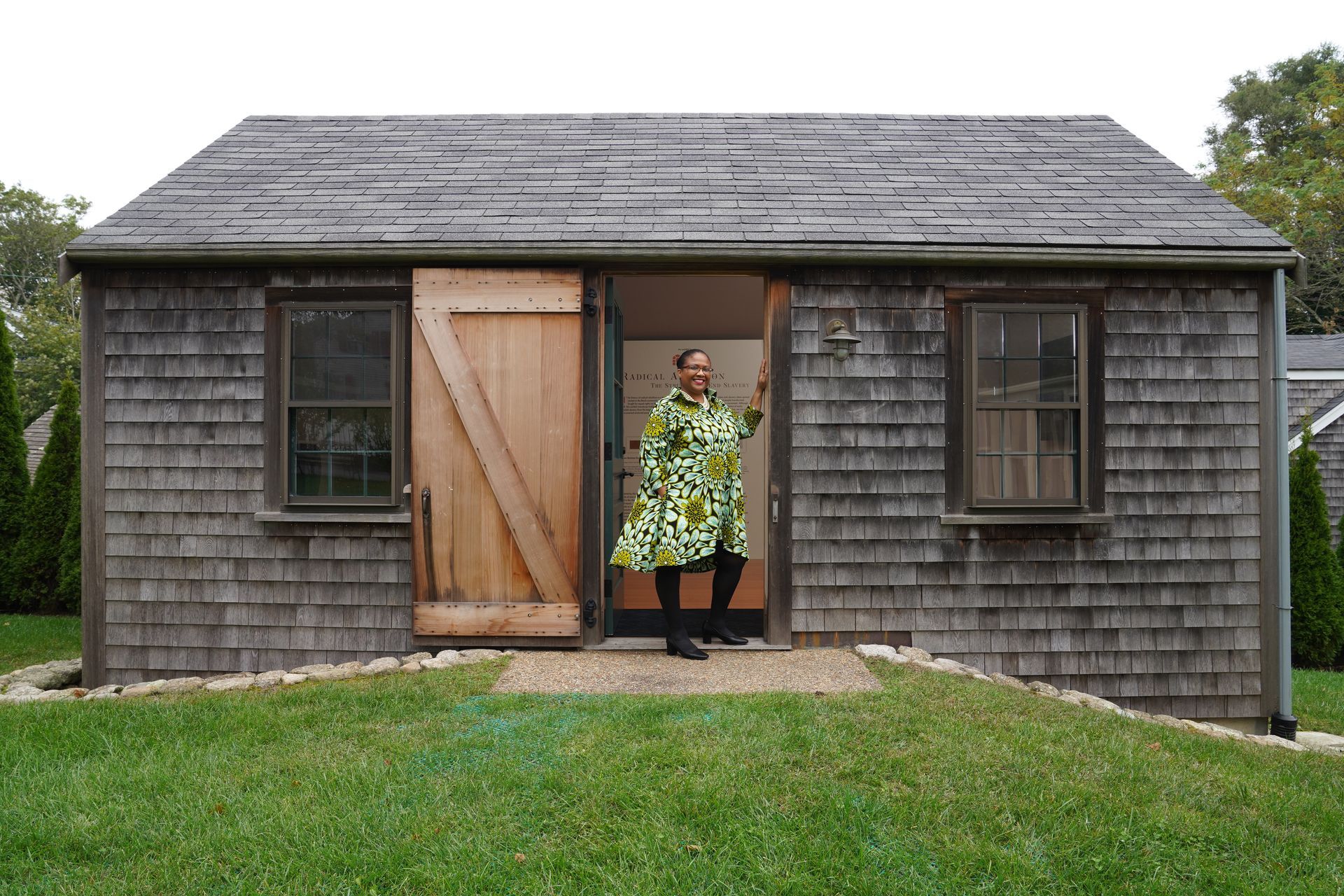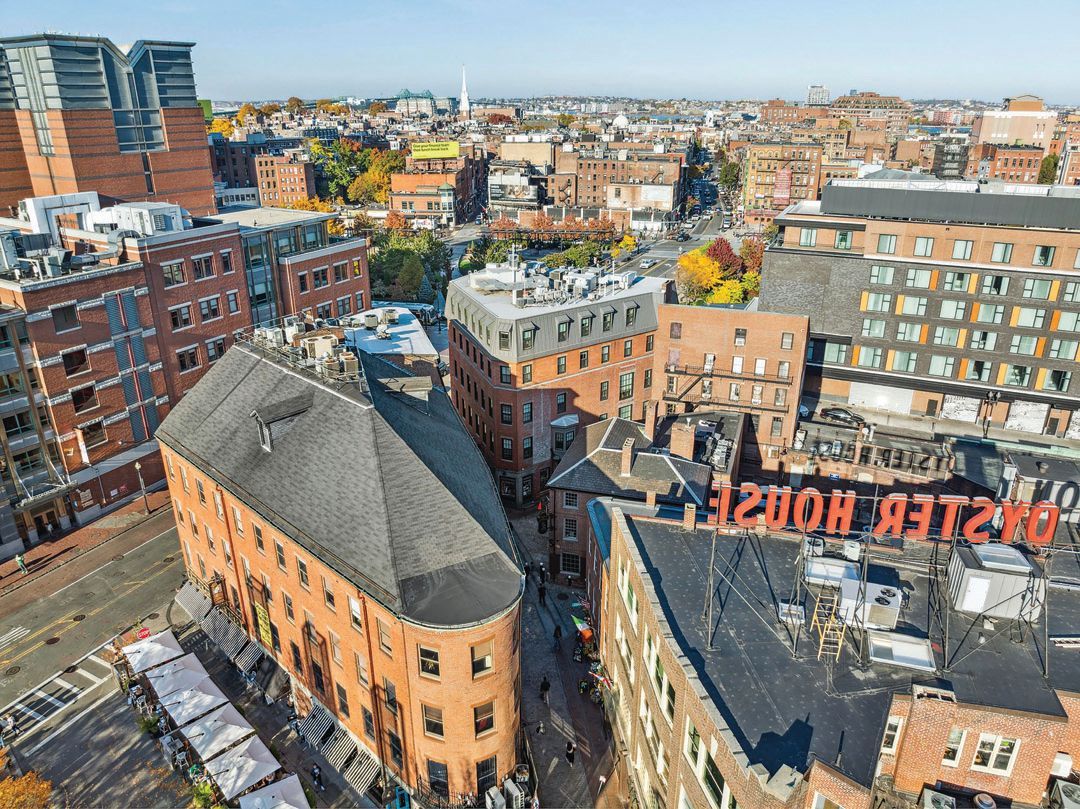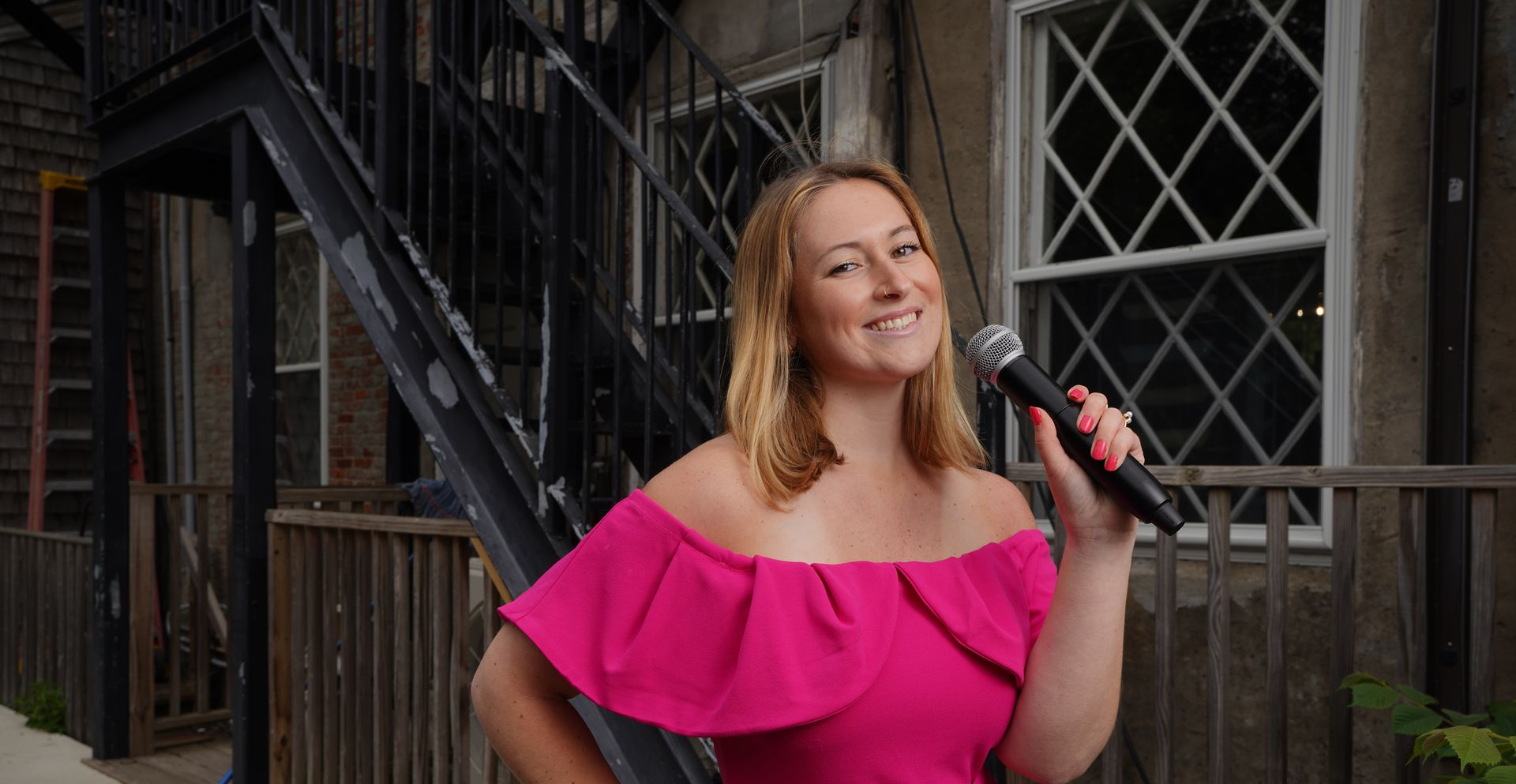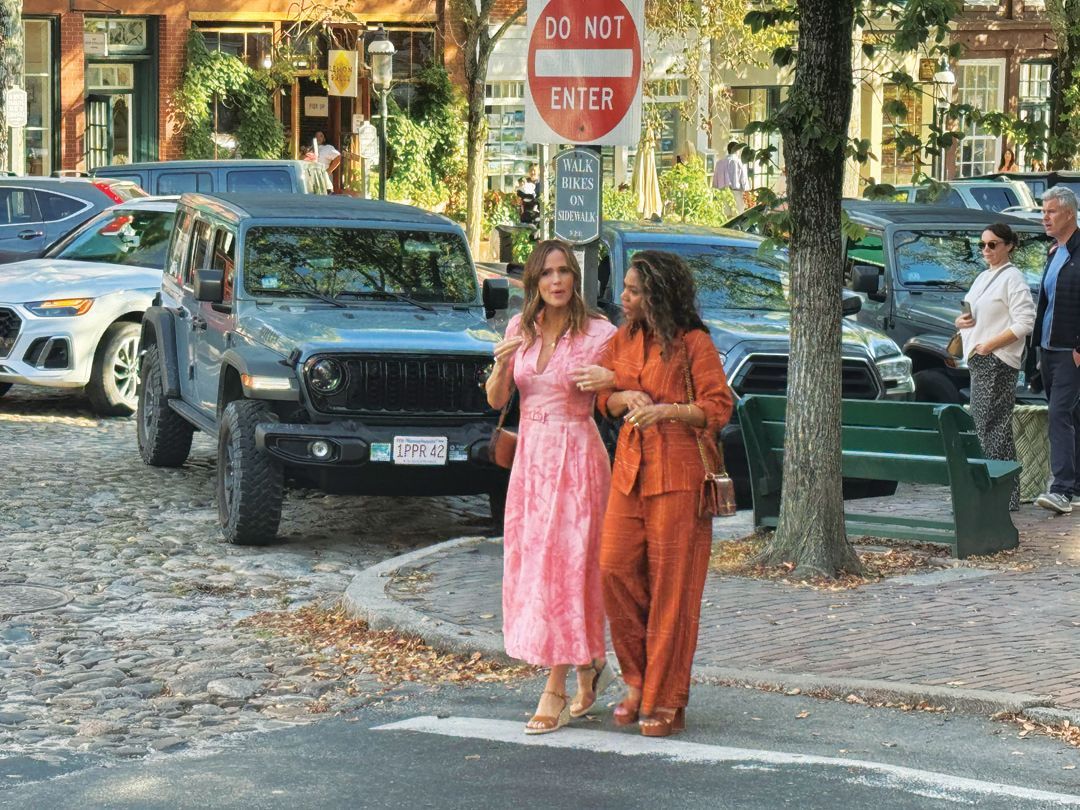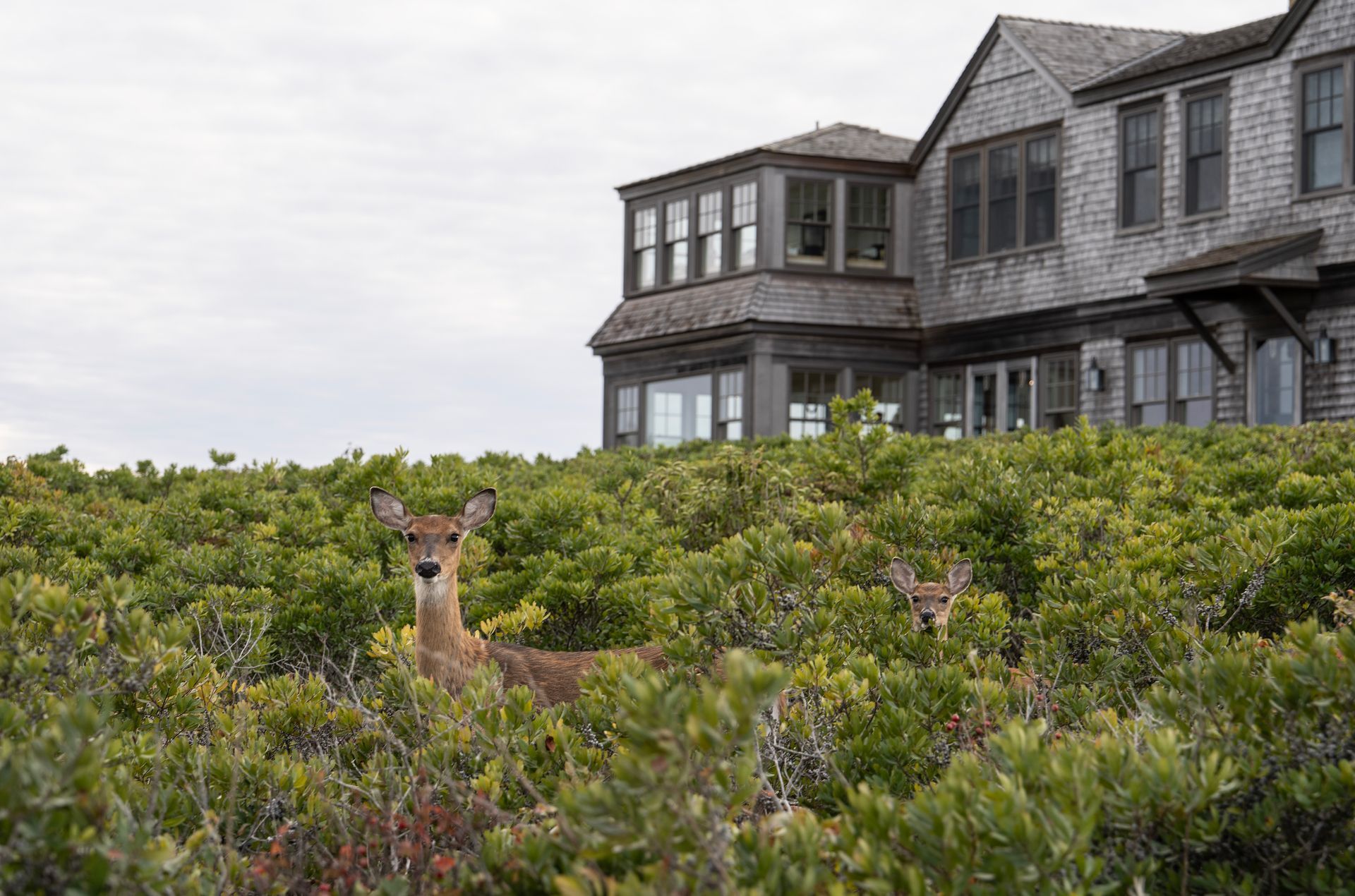Seeing Stars
Preserving Nantucket's Night Sky
Written by Brian Bushard
Photography by Charity Grace Mofsen
There was a time not that long ago Gail Walker remembers easily seeing the Milky Way Galaxy on a clear night from just about anywhere on Nantucket. But that clear view of the night sky is fading, to the point where four in five people in North America can’t see the Milky Way Galaxy in the night sky, according to a global atlas of light pollution. Even on Nantucket—isolated from the so-called light pollution that has illuminated cities, strip malls and manufacturing hubs with a non-stop glare—a clear night sky intown comes once in a blue moon.
In many ways, Nantucket is nothing without its night sky: Maria Mitchell identified a comet from her rooftop on Main Street, while the organization that bears her name now brings in astronomers from around the country. But that view has even faded on Nantucket. “Seeing the Milky Way is almost a human right,” said Walker, the founder of Nantucket Lights, an organization dedicated to preserving the night sky. “To me, it’s just so amazing to be able to see it and it would be a tragedy to lose it, like most of the developed world has.”
On Nantucket, the worst light pollution is centered in town and mid-island, down Old South Road to the airport, with better visibility farther from town and some of the best viewing in places like Madaket, Cisco, Tom Nevers and Wauwinet. While it’s not as bad as the mainland, Nantucket has lost the clear view of the Milky Way it once had. Nighttime light pollution observations by the Maria Mitchell Association from June 2022 to November 2024 at eight sites around the island show that as a whole, Nantucket can barely see the Milky Way, with the average nighttime visibility on the island only slightly above the threshold where the galaxy is no longer visible with the naked eye.
In 2023, Walker proposed a change to the town’s outdoor lighting bylaw at Annual Town Meeting, requiring lights of 600 lumens or more(slightly dimmer than a 60 watt incandescent bulb) to be shielded, with the exception of string lights, temporary holiday lights, lights on flags and lighting for sports activities. The proposal passed overwhelmingly, and since then, Nantucket Lights has observed the light pollution is not getting worse, though it’s not getting any better, either. “The more houses that are built, the more businesses, there’s potential for it to get worse, especially if they don’t comply with the bylaw. I was encouraged by the fact that they stayed stable, but I would love to see it get better.”
Nantucket’s outdoor lighting bylaw now requires the color temperature—or saturation of a light—not to exceed 2,700 Kelvin (the saturation of a slightly yellow hue similar to an incandescent bulb). It also requires that lights be turned off between 11 p.m. and 6 a.m., or one hour after a business closes to one hour before it opens, with some exceptions for security and sports lighting. The town’s code carries a $100penalty for first violations, and up to $300 for subsequent violations.
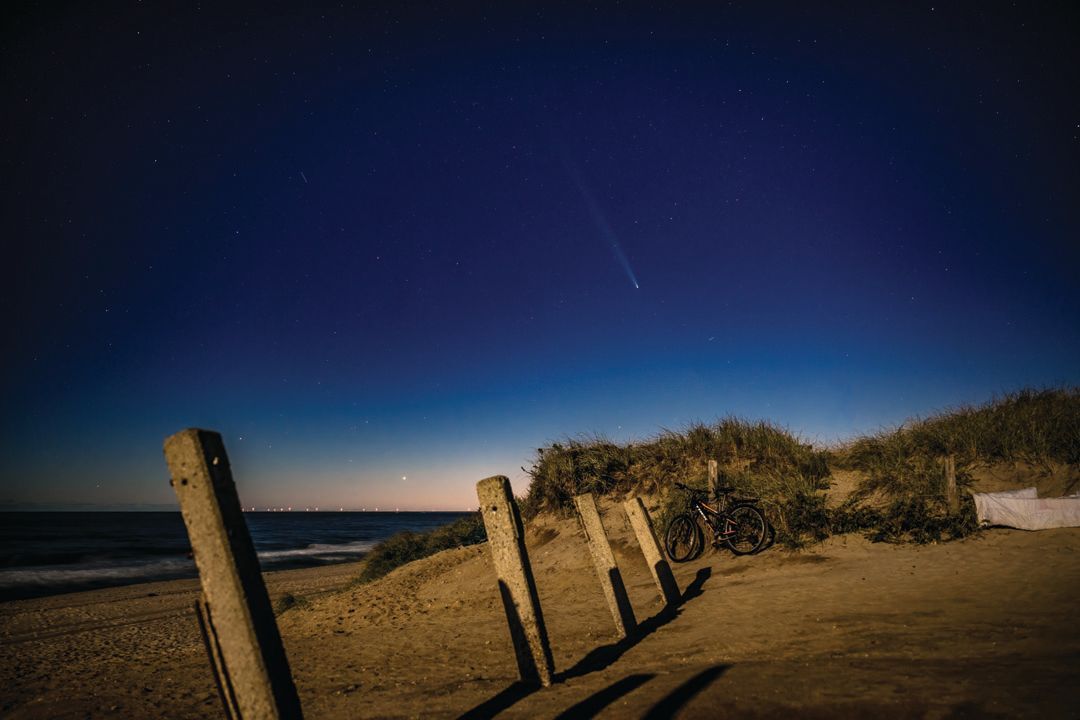
Before the Industrial Revolution, the Milky Way was visible from nearly every place on Earth. For sailors, the night sky was an integral tool to navigate after sunset. For animals, it can be an essential for annual migration. On New Year’s Eve in 1879, Thomas Edison’s incandescent light bulb first illuminated a street in Menlo Park, New Jersey, an invention that would forever change humans’ view of the night sky. As technology advanced and the worldwide population skyrocketed, the galaxy became harder and harder to see. Satellite data shows that from 1992 to 2017, global light emissions increased by nearly 50%.
For humans, that can have direct health effects. Nighttime exposure to artificial light—particularly blue light emission from LED lighting—can disrupt humans’ circadian rhythm and suppress melatonin production, making it harder to fall asleep at night and stay asleep. Studies have also linked decreased melatonin levels to a higher risk of breast and prostate cancers.
Research also shows light pollution has wide-ranging effects on animals, including migratory patterns and breeding cycles—so much so that the National Park Service considers dark skies a natural resource. “When we look up at the night sky, there’s obviously the aesthetic value, but there’s much more to it,” said Sarah Bois, director of research and education at the Linda Loring Nature Foundation.
Nantucket Lights’ latest endeavor is to certify Nantucket as an International Dark Sky Community, a designation by Dark Sky International intended to “foster increased tourism and local economic activity.” As it stands ,no community in New England has earned that recognition. The organization has also started to inventory all town-owned light fixtures on Nantucket, to determine whether the town needs to update its lighting. “For us, we never want to shame anybody because often it’s done without intention, so we’re just trying to get people to put more thought into it and be mindful,” Walker said.

